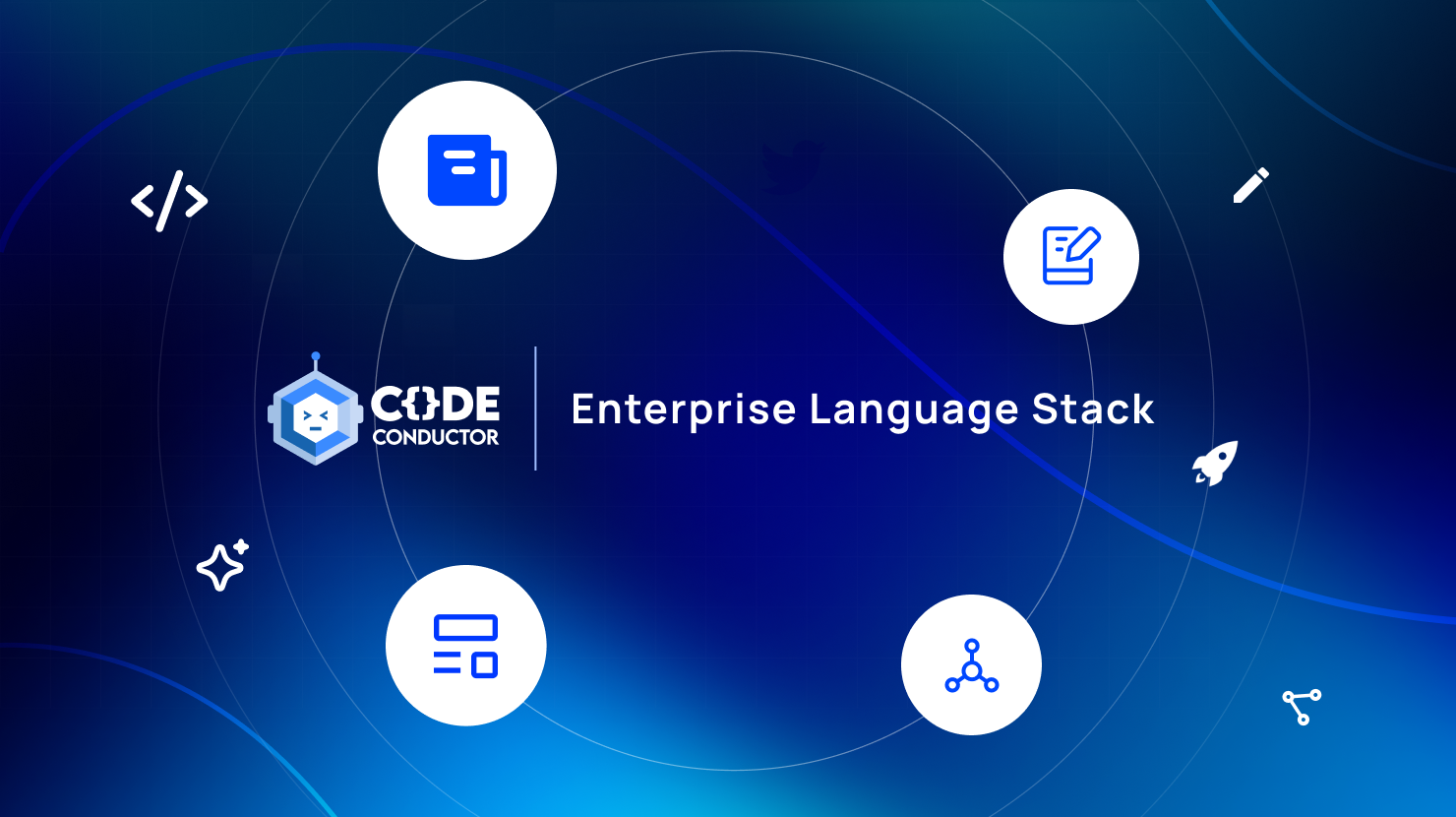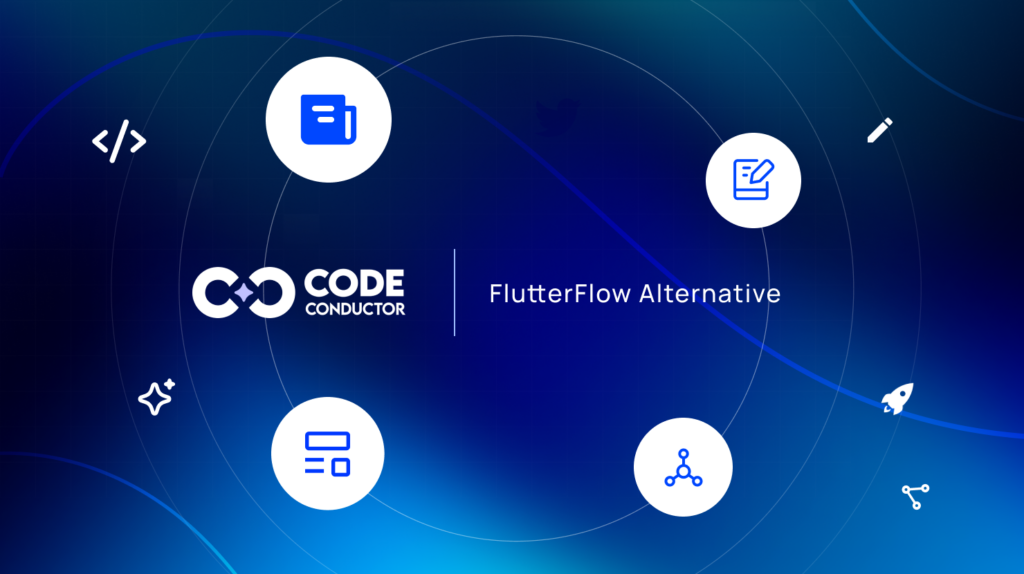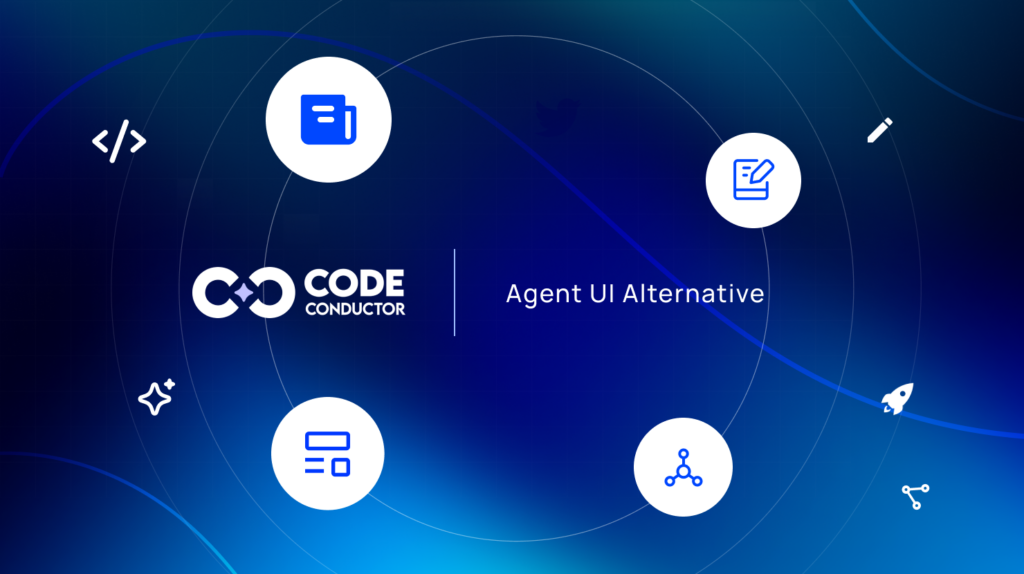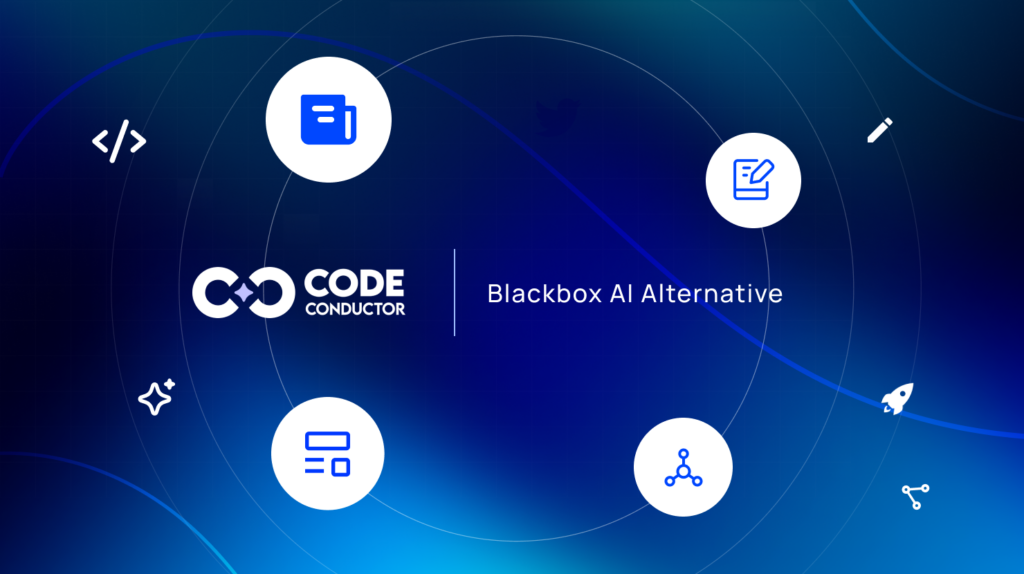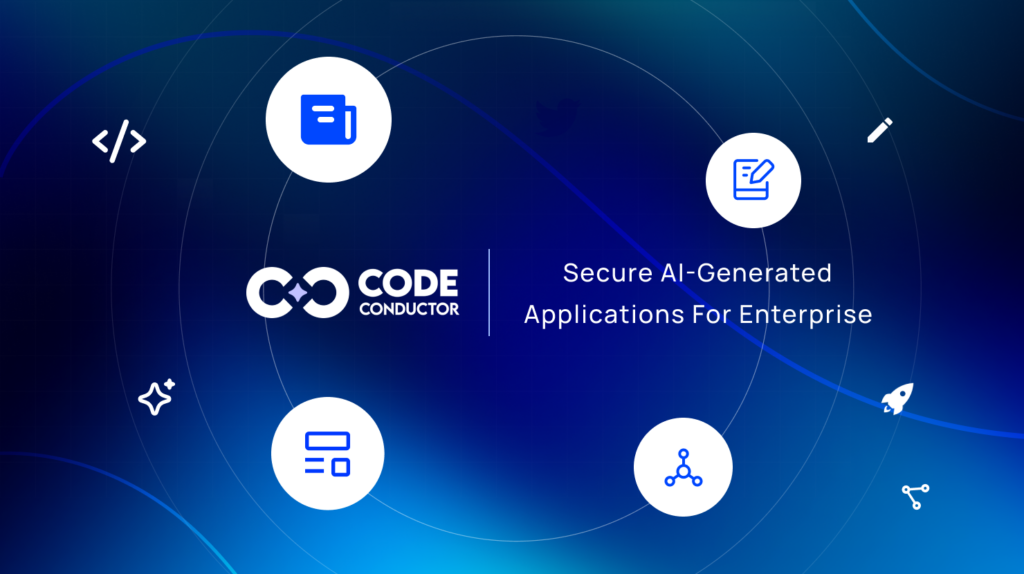In the evolving landscape of enterprise software development, the choice of programming languages is far more than a technical preference. It defines how well your systems scale, integrate, and withstand the demands of security, performance, and long-term maintenance. This is where the concept of an enterprise language stack becomes critical.
An enterprise language stack consists of programming languages and tools that are trusted to build secure, high-performance, and resilient business systems. These stacks are not just about syntax or speed. They are about ecosystem maturity, developer availability, framework support, and integration capabilities across enterprise-scale workloads.
CodeConductor supports three of the most widely adopted enterprise languages: Java, .NET (C#), and Python. These languages are not trends. They are the backbone of critical infrastructure across various sectors, including finance, healthcare, government, and global IT operations. Whether you’re modernizing legacy systems, building cloud-native microservices, or orchestrating hybrid environments, your choice of language stack has a direct impact on your success.
In This Post
- What Do We Mean by Enterprise Language Stack?
- What is an Enterprise Language Stack in Mobile Application Development?
- Enterprise Language Stack Components
- Best Enterprise Language Stacks for Mobile App Development
- How To Choose the Right Enterprise Language Stack for Mobile App Development
- The Benefits of a Reliable Language Stack for Enterprise
- How CodeConductor Supports Enterprise Language Stacks
- CodeConductor simplifies that complexity
What Do We Mean by Enterprise Language Stack?
An enterprise language stack refers to the combination of programming languages and runtime environments that are robust enough to support mission-critical applications across industries. These stacks are chosen not only for their development speed and simplicity, but also for their proven track record in handling scale, security, and system interoperability.
Languages in an enterprise stack typically have the following characteristics:
- Long-term community and vendor support
- A mature ecosystem of libraries, frameworks, and tools
- Compatibility with enterprise standards such as identity management, data encryption, and service-oriented architectures
- Stability across multiple operating systems and deployment environments
Java, .NET (C#), and Python fulfill these requirements with distinction. They offer strong typing, modular architecture capabilities, and broad platform compatibility. More importantly, they continue to evolve without sacrificing backward compatibility, which is essential for large organizations managing complex, long-lived systems.
Each language also aligns with a specific ecosystem. Java dominates the JVM world with extensive tooling and scalability. .NET (C#) excels in Microsoft-heavy environments, offering seamless integration into Windows infrastructure and now supporting cross-platform development via .NET Core. Python thrives in automation, scripting, and data-heavy workflows, often serving as a glue layer in enterprise pipelines.
What is an Enterprise Language Stack in Mobile Application Development?
An enterprise language stack in mobile development refers to the combination of frontend, backend, middleware, and integration technologies that together support the delivery of scalable, secure, and maintainable mobile applications within a business environment. For deeper insights into why Java is a preferred backend language in such environments, see our post on Advantages of Java for Enterprise Programming.
Unlike consumer-facing mobile apps, enterprise mobile apps must integrate tightly with internal systems such as ERP, CRM, authentication servers, and secure databases. This requires a backend that can handle complex business logic, high concurrency, and stringent compliance standards.
A typical enterprise mobile stack might include:
- Frontend: Native technologies like Swift (iOS) or Kotlin (Android), or cross-platform tools such as Flutter, React Native, and Xamarin.
- Backend: Enterprise languages like Java, .NET (C#), and Python are commonly used to power REST APIs, authentication workflows, and data access layers.
- Middleware: API gateways, message brokers, and integration platforms that connect mobile apps to on-premise or cloud-based enterprise systems.
- Security Layers: Mobile Device Management (MDM), Single Sign-On (SSO), and encryption frameworks.
In this context, an enterprise language stack ensures that the backend is both flexible and reliable. CodeConductor enables this by supporting backend development in Java, .NET, and Python, and orchestrating their deployment and monitoring across diverse environments.
Enterprise Language Stack Components
Building a modern enterprise application requires more than just picking a programming language. It involves assembling a complete technology stack that includes everything from user interface layers to backend logic and data handling. A well-structured enterprise stack is modular, maintainable, and capable of scaling with business demands.
Frontend Technology Stack
The frontend layer focuses on delivering a seamless user experience. In enterprise settings, this could involve internal dashboards, mobile apps, or web-based interfaces used by employees, partners, or customers. Common frontend technologies include:
- Web Frameworks: React, Angular, Vue.js
- Mobile Development: Flutter, React Native, Xamarin for cross-platform apps; Swift and Kotlin for native iOS and Android apps
- UI Libraries: Bootstrap, Material UI, Tailwind CSS
- Security and Integration: OAuth-based login, two-factor authentication, and real-time communication via WebSockets or GraphQL
Backend Technology Stack
The backend layer is where enterprise-grade logic resides. This includes authentication, authorization, data processing, business workflows, and integration with third-party systems. Enterprise backend stacks are chosen for their performance, security, and integration capabilities. Key technologies include:
- Languages: Java, .NET (C#), Python
- Frameworks: Spring Boot, ASP.NET Core, Django, Flask
- Databases: PostgreSQL, SQL Server, Oracle DB, MongoDB
- DevOps & Infrastructure: Docker, Kubernetes, CI/CD pipelines, monitoring tools like Prometheus and Grafana
Backend technologies must align with business goals and IT policies. This is where CodeConductor excels by providing a unified way to orchestrate builds, tests, and deployments across all major enterprise languages.
Best Enterprise Language Stacks for Mobile App Development
The best enterprise language stacks are not only powerful and scalable, but also supported by large communities, rich ecosystems, and long-term vendor or open-source backing. The right stack balances performance, developer productivity, security, and integration flexibility.
Here are some of the most reliable tech stacks used in enterprise-grade app development:
1. Java + Spring Boot Stack
- Backend: Java with Spring Boot
- Frontend: React or Angular
- Database: PostgreSQL or Oracle
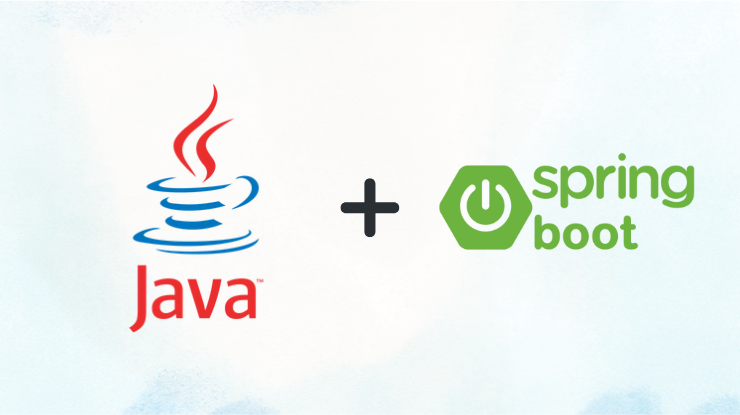
Why it works: Proven reliability, strong multi-threading, wide adoption in financial services, and native support for microservices and REST APIs.
2. .NET Core
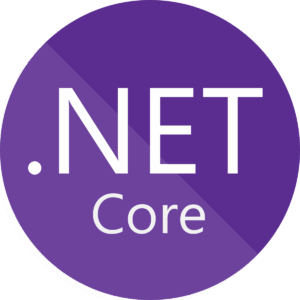
- Backend: .NET Core (C#)
- Frontend: Blazor or Angular
- Database: SQL Server or Azure Cosmos DB
Why it works: Deep integration with Windows, Active Directory, and Azure cloud services. Suitable for regulated industries like healthcare and government.
3. Python + Django or Flask
- Backend: Python with Django or Flask
- Frontend: Vue.js or React
- Database: PostgreSQL or MySQL
Why it works: Rapid development, ideal for data-intensive apps, APIs, and automation. Strong compatibility with AI/ML workflows.
4. Node.js + React Stack (Full JavaScript)
- Backend: Node.js with Express
- Frontend: React
- Database: MongoDB
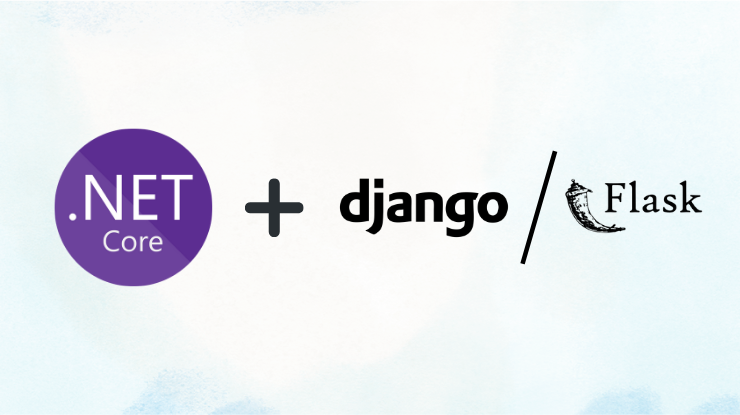
Why it works: High-speed, event-driven architecture. Suitable for startups or enterprise departments needing fast prototyping and cross-functional teams.
Each of these stacks comes with trade-offs. What matters most is aligning your technical choices with business goals, team expertise, and long-term maintainability.
How To Choose the Right Enterprise Language Stack for Mobile App Development
Selecting the right tech stack is a foundational decision that affects every stage of your application’s lifecycle—from development to deployment and long-term maintenance. The wrong choice can lead to increased costs, performance issues, and security vulnerabilities. The right one ensures agility, scalability, and sustainable growth.
Here are the most important factors to consider:
1. The Type of Project: Not all enterprise projects have the same needs. A data-heavy analytics platform might favor Python, while a transactional banking app could benefit from Java’s performance and type safety. Internal tools with Microsoft integration often rely on .NET (C#).
Considerations include:
- Real-time vs batch processing
- Public vs internal-facing users
- On-premise vs cloud-native deployment
2. Scalability: A tech stack must support both vertical and horizontal scaling. Languages like Java and .NET offer strong threading and memory management models, while Python simplifies distributed scripting and automation.
Scalability isn’t just about infrastructure. It’s also about the ecosystem. A mature stack includes built-in support for clustering, load balancing, and service orchestration.
3. Expertise: Choose languages and tools that your development team understands deeply. If your organization already has experienced Java or C# developers, adopting those languages helps reduce onboarding time and bug risk.
In newer teams or hybrid environments, Python can serve as a versatile option for glue code, automation, and quick iteration.
4. Maintenance: Maintenance goes beyond bug fixes. It includes version upgrades, dependency management, and long-term support (LTS). Enterprise-friendly languages feature predictable release cycles and large communities, ensuring long-term stability.
Java and .NET both offer LTS versions. Python has rapid development, but also well-documented upgrade paths and backward compatibility considerations.
5. Cost of Development: Development cost is a mix of licensing fees, talent availability, tooling, and infrastructure requirements. .NET is free under .NET Core, Java is open-source with vendor-specific enhancements, and Python has no licensing costs.
Operational costs also include cloud compatibility, support contracts, and integration layers.
The Benefits of a Reliable Language Stack for Enterprise
A reliable tech stack is not just a technical foundation, it’s a strategic asset. In enterprise environments, where the cost of failure is high and long-term viability is essential, the tech stack you choose determines how well your systems perform, scale, and adapt over time.
1. Long-Term Stability: Enterprise applications often have life cycles that span years or even decades. A reliable tech stack ensures your core systems can evolve without major rewrites, minimizing disruption and technical debt.
2. Enhanced Security: Security is non-negotiable in industries like finance, healthcare, and government. Enterprise-grade stacks like Java, .NET, and Python come with mature libraries and security frameworks that support encryption, access control, and compliance with standards such as HIPAA, GDPR, and SOC 2.
3. Scalability and Performance: A well-chosen stack handles growing user demands without compromising performance. For example, Java and .NET offer robust memory management and concurrency models, while Python excels in parallel processing for data tasks.
4. Better Developer Productivity: Established tech stacks come with extensive tooling, documentation, and community support. Developers can work faster and troubleshoot issues more effectively, reducing downtime and accelerating release cycles.
5. Easier Maintenance and Support: Reliability also means predictable versioning, LTS (Long-Term Support) releases, and strong backward compatibility. This makes it easier for IT teams to manage upgrades and security patches without fear of breaking production systems.
6. Integration Readiness: Enterprises often rely on a mix of legacy and modern systems. A reliable stack allows seamless integration through APIs, middleware, and messaging protocols, enabling systems to talk to each other securely and efficiently.
7. Lower Total Cost of Ownership (TCO): While some enterprise stacks may appear costly up front, their reliability reduces operational overhead in the long run. Fewer bugs, smoother deployments, and easier maintenance all contribute to reduced total cost of ownership.
In short, a dependable tech stack does more than run your application. It protects your investment, supports your growth, and ensures your systems stay resilient in the face of change.
How CodeConductor Supports Enterprise Language Stacks
CodeConductor is built to meet the operational and architectural demands of enterprise-scale development. By supporting Java, .NET (C#), and Python out of the box, it ensures that organizations can build, test, and deploy critical applications using the languages they trust most.
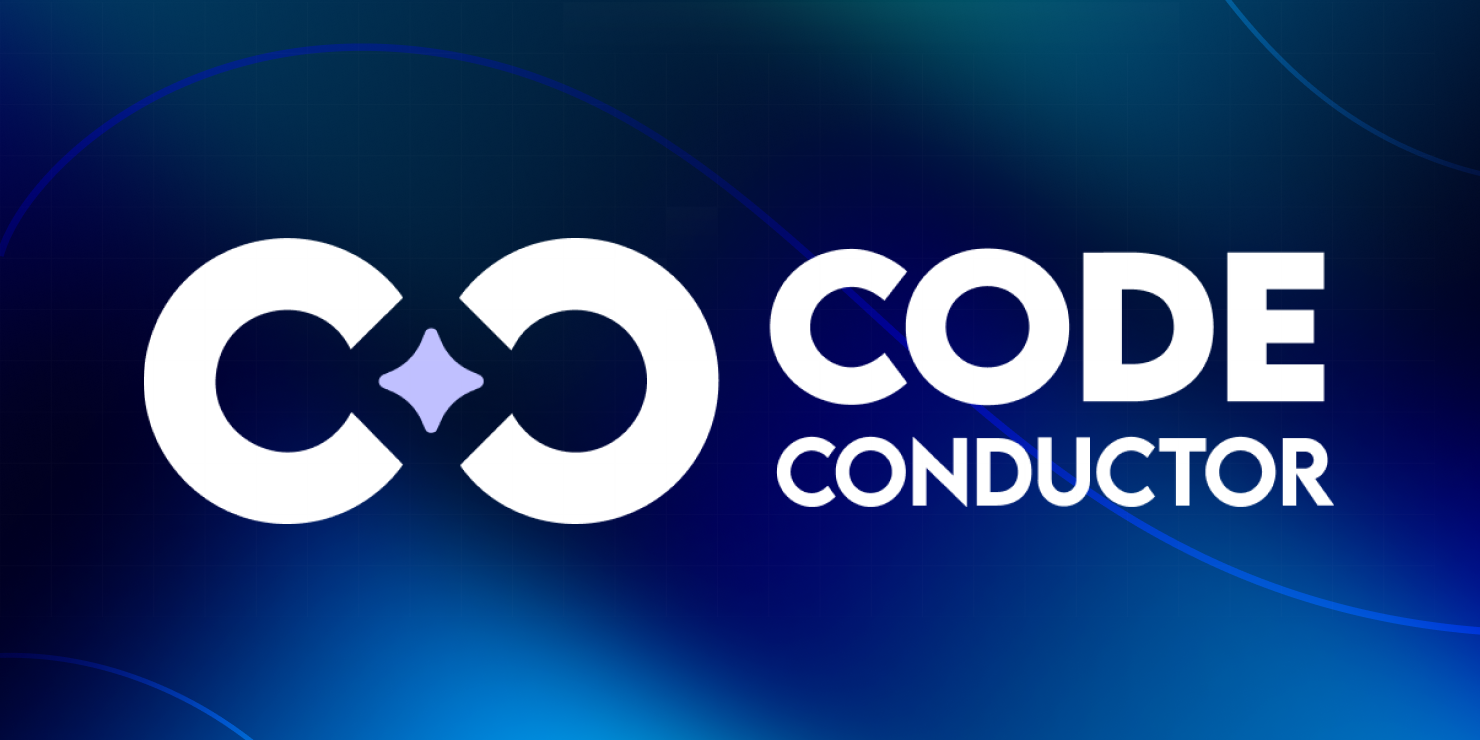
Here’s how CodeConductor enables seamless support for each major language stack:
1. Java Integration
CodeConductor provides in-depth JVM integration, making it an ideal choice for teams utilizing Java and other JVM-based languages, such as Kotlin or Scala. It supports:
- Bytecode instrumentation for performance monitoring
- JVM-specific configuration for garbage collection tuning and memory profiling
- Compatibility with frameworks like Spring Boot and build tools like Maven and Gradle
2. .NET (C#) Support
Enterprise systems that rely on the Microsoft ecosystem benefit from CodeConductor’s ability to orchestrate .NET applications across both Windows and Linux environments using .NET Core. Features include:
- Automated builds via MSBuild and dotnet CLI
- Integration with Visual Studio projects and pipelines
- Containerized deployment for ASP.NET Core microservices
3. Python Workflow Enablement
For scripting, automation, and data-intensive backends, Python is indispensable. CodeConductor supports:
- Virtual environment management and dependency resolution
- Data pipeline orchestration for AI, ML, and ETL workflows
- Compatibility with common frameworks such as Django and Flask
4. Unified Orchestration
One of CodeConductor’s key advantages is the ability to orchestrate multi-language systems in a unified pipeline. Enterprises often run microservices in different languages—Java for core services, Python for analytics, and .NET for internal tools. CodeConductor allows teams to:
- Standardize builds and deployments.
- Centralized monitoring and logging
- Align release cycles across tech stacks.
This unified support reduces operational complexity while maximizing developer flexibility and productivity.
CodeConductor simplifies that complexity
Whether your organization builds APIs in Java, microservices in .NET, or automation scripts in Python, CodeConductor provides a centralized, consistent way to orchestrate your enterprise workflows. With robust support for major enterprise languages, advanced deployment pipelines, and real-time observability, it bridges the gap between development and operations.
Ready to align your tech stack with a platform that supports it end-to-end?
- Contact us for a personalized demo.
- Start your free trial today.
- Learn how enterprise teams are scaling with CodeConductor.

Founder CodeConductor

